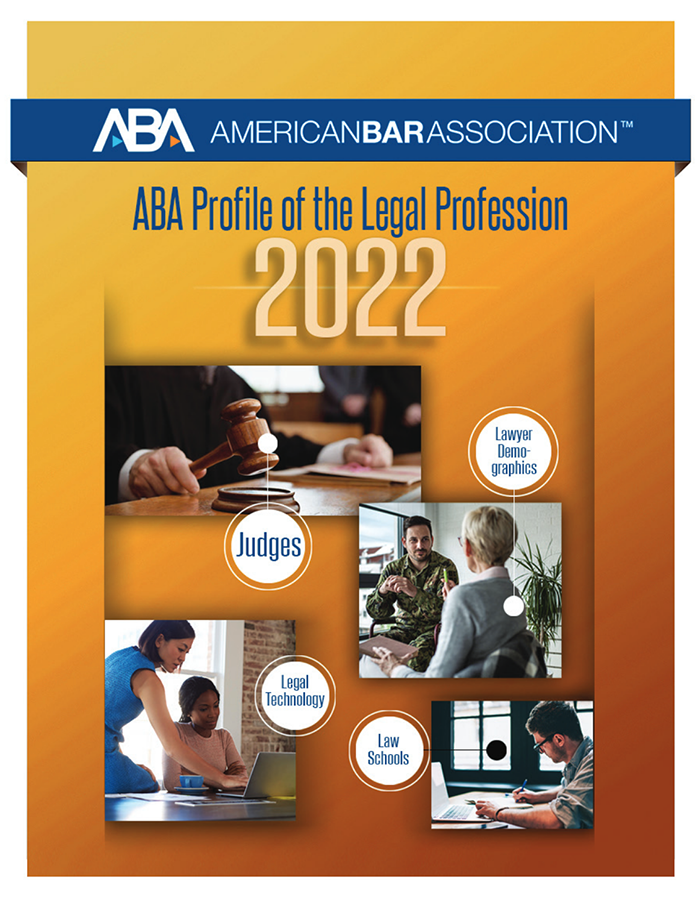Arizona’s Ban on Video Recording the Police: Is Eight the Magic Number?
Break out your tape measure.
Subject to a few exceptions, Arizona has banned you from filming the police on the job if they are within eight feet of you.
Supporters of the law say it will help keep people safe and let the police do their jobs without interference. Critics say it would jeopardize the public’s right to know what the police are up to (and we all know what Minneapolis Police Officer Derek Chauvin did to George Floyd, because we saw it on the video).
Can Arizona really do this?
We don’t think so. Here’s why.
What Does Arizona’s Bubble Ban Do?
We will start with what the law does. Generally speaking, Arizona’s law creates an eight-foot floating bubble around police officers when they are “enforcing the law.” If you get within eight feet and they ask you to stop filming, you have to stop. If you keep filming, they can arrest you for a Class 3 misdemeanor, which can mean up to 30 days in jail, a fine of $500, and a year of probation.
There are a few exceptions:
- You can film the police from within eight feet if you yourself are the subject of “law enforcement activity” — unless the police are searching you, handcuffing you, or making you take a field sobriety test, in which case, you can’t.
- If you’re indoors on private property, you can film them from within eight feet if you are in an adjacent room or area — unless the police think you’re “interfering,” in which case, you can’t.
- You can film them from within eight feet if you are a passenger in a car that the police have stopped — again, unless the police think you are “interfering,” in which case, you guessed it — you can’t.
If it looks like the statute leaves it entirely up to the police to decide whether you get to film, it’s because it does. But let’s not get ahead of ourselves.
You Have a First Amendment Right To Video the Police
We hate to break it to Arizona, but we don’t need its permission to film the police. According to several federal appellate courts, we have a “clearly established” First Amendment right to film them while they are doing their duties in a public place. Even the sponsor of the Arizona law, a former police officer himself, conceded this.
That’s not to say your right to film is unlimited. In certain instances, a state can place reasonable time, place, and manner restrictions on your First Amendment rights. Courts use a legal test to determine what is reasonable.
Arizona’s Bubble Ban Is Content-Based
If the state’s restrictions are based on the content of the expression, the state must show that they have a reason to restrict speech because of a “compelling” interest and that they have taken pains to not otherwise restrict your rights. This incredibly high hurdle almost always means that the restrictions fail the test and get struck down by the courts.
Arizona’s ban is plainly based on the content of a video. You can film anyone or anything else in a public place within an eight-foot radius — just not the police. That makes the statute unconstitutional on its face.
Is a Floating Bubble a Reasonable Time, Place, and Manner Restriction?
Let’s say for argument’s sake that Arizona persuades a judge into thinking that its bubble ban is content-neutral. For the law to survive a court challenge, Arizona would have to show that the ban is:
- Narrowly tailored to further compelling state interests
- That ample alternative means of expression remain available
Arizona can’t do either.
A Floating Bubble Ban Isn’t Narrowly Tailored
A restriction isn’t narrowly tailored if it bans more expression than necessary to further the state’s interest. Such restrictions are, in legalese, “overly broad.” Arizona’s bubble ban, by prohibiting all filming even if you are no threat to public safety or at risk of getting in the police’s way, bans protected expression and is therefore overly broad.
The law’s sponsor claims he came up with the bubble idea from abortion cases. And it’s true that before it overruled Roe v. Wade, the U.S. Supreme Court had allowed fixed “buffer zones” in front of abortion clinics that kept out protestors. But it hasn’t allowed floating buffer zones like Arizona wants that surround people and move with them as they go about their business.
Arizona’s Bubble Ban Doesn’t Provide Alternative Means of Expression
Nor does banning video allow ample alternative means of expression. When considering restrictions on expression, courts look at whether other forms of expression let the speaker still get out their message. For example, if the state banned protests within a certain distance of a funeral, a court would consider whether protestors could still get their point across in some other way, such as through billboards, pamphlets, TV ads, or simply moving their protest a certain distance away.
However, videos are a unique form of expression. There’s no alternative to a video for showing events as they happened. And while Arizona will argue that with a zoom lens eight feet should be “close enough,” that arbitrary distance would make it easier for police to conceal misconduct, such as planting drugs on a suspect.
Back to the Drawing Board for Arizona
Arizona’s law violates the First Amendment and is therefore unconstitutional. Numerous media organizations warned the Arizona legislature about this before the bill was enacted, but the legislators went ahead with it anyway.
We have touched on only a few of the problems with Arizona’s bubble ban. Although its fate will be determined by the courts, our money is on a judge striking it down.
You Don’t Have To Solve This on Your Own – Get a Lawyer’s Help
Meeting with a lawyer can help you understand your options and how to best protect your rights. Visit our attorney directory to find a lawyer near you who can help.






